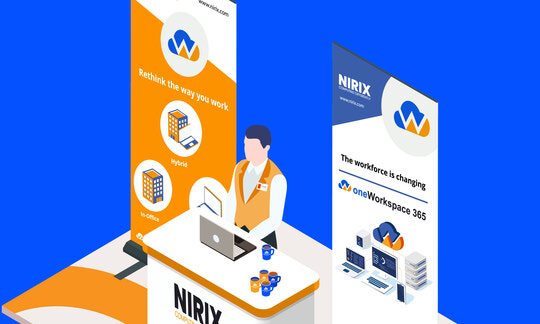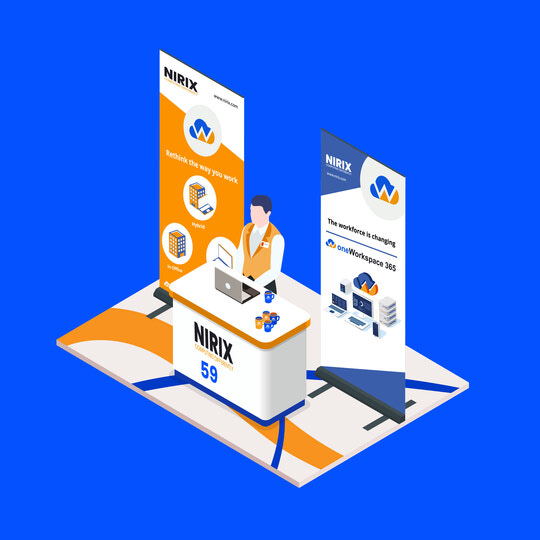3 Reasons Why Business Owners Choose to Connect Their File Servers to the Cloud
|
By Steven Hsu • NIRIX Posted: Apr. 24 2023 10:51 AM MT |
| Technology is constantly evolving to improve functionality and productivity. Recently, there have been massive developments in the cloud computing sector. Advancements like DaaS are a great option for a number of businesses. |
Half of your employees love the file server, since it is fast, easy, and centralizes all work files in a single location on the network at the main office. Meanwhile, the other half of your employees may likely hate the file server, since they must log in with their VPN to sync up with the server when they are remote, and more often than not, they may be missing critical files when they are out in the field. The problem is especially acute for employees who are always remote. Over time, difficulties with remote access cause employees to get out of sync with the rest of the company, leading to data sprawl for corporate documents and to critical content becoming trapped in personal silos. There is another way.
 File server enablement connects the existing server to the cloud and permits discrete folders from the file server to be logically mapped
File server enablement connects the existing server to the cloud and permits discrete folders from the file server to be logically mapped 
Business-class file sync services implement a feature call File Server Enablement. File server enablement connects the existing server to the cloud and permits discrete folders from the file server to be logically mapped to users and team shares using the sync services. With this technology, all the data from the file server is available in real-time on users’ mobile devices, such as smartphones and tablets, and remote laptops and home office PCs. As new content is created on a remote tablet or PC, the data is instantaneously synced back to the server.
Here are Three Reasons to Consider File Server Enablement:
End Data Sprawl
Outdated means of remote access, like VPNs, contribute to data sprawl, as users shun the cumbersome process of logging in remotely. Over time, many users will build up large libraries of valuable work product that is less protected when housed on a remote PC, rather than synced to the file server. File server enablement reverses this trend and provides bi-directional sync between the file server and remote users.
Keep People in Sync
Remote employees usually have a long list of complaints when it comes to IT support. One of the biggest complaints is the feeling of being out of sync with the rest of the organization. With file server enablement and business-class file sync, you can level the playing field. Remote employees are now able to access all of their files and teams share content from any mobile device, be it their laptop, smartphone, or tablet. Field employees are the closest to the customer, so it makes sense to have these critical team members in sync with the whole company and all the files they need to do their jobs best.
Empower your Employees
Savvy and growth-oriented companies should view their hyper-connected workforce as an untapped opportunity. Smartphones and tablets, even if they are BYOD devices and owned by the employee, can vastly improve the productivity of your workforce. The trick is to balance convenience with security when it comes to corporate data. Business-class file sync and file server enablement put corporate data on BYOD devices, but you now have critical capabilities to protect your data, such as fine-grained audit trails, per-user security policies, and remote wipe of lost or stolen devices. The key is to focus on employee empowerment, no matter the device they choose to access corporate data.
About the Author
![]()
|
|
President and CEO at NIRIX |
Steven Hsu is the founder of NIRIX. In 2001, Steven started NIRIX in the true HP sense – as a “one-man shop”, out of the basement of his home. Since 2001, with his personal business philosophy acting as his driving force, Steven has worked diligently over the decade in turning his vision into reality by recruiting talented people, developing new innovative product offerings, and delivering top-notch customer service.


